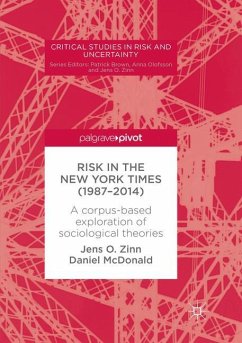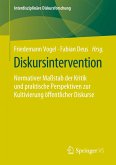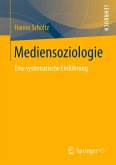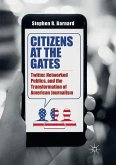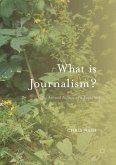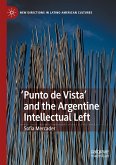This book investigates to what extent claims of common social science risk theories such as risk society, governmentality, risk and culture, risk colonisation and culture of fear are reflected in linguistic changes in print news media. The authors provide a corpus-based investigation of risk words in The New York Times (1987-2014) and a case study of the health domain.
The book presents results from an interdisciplinary enterprise which combines sociological risk theories with a systematic functional theory of language to conduct an empirical analysis of linguistic patterns and social change. It will be of interest to students and scholars interested in corpus linguistics and digital humanities, and social scientists looking for new research strategies to examine long term social change.
The book presents results from an interdisciplinary enterprise which combines sociological risk theories with a systematic functional theory of language to conduct an empirical analysis of linguistic patterns and social change. It will be of interest to students and scholars interested in corpus linguistics and digital humanities, and social scientists looking for new research strategies to examine long term social change.
"From the outset and throughout the book, readers are very well guided through the research process of conceptualisation, hypothesis formulation and discussion of empirical evidence. ... Moreover, it offers original insights on the study of diachronic developments of risk language and a fruitful empirical path for exploring connections between language and social change, thus opening new ground for further research." (Maria Grazia Galantino, Health, Risk & Society, April, 2018)

